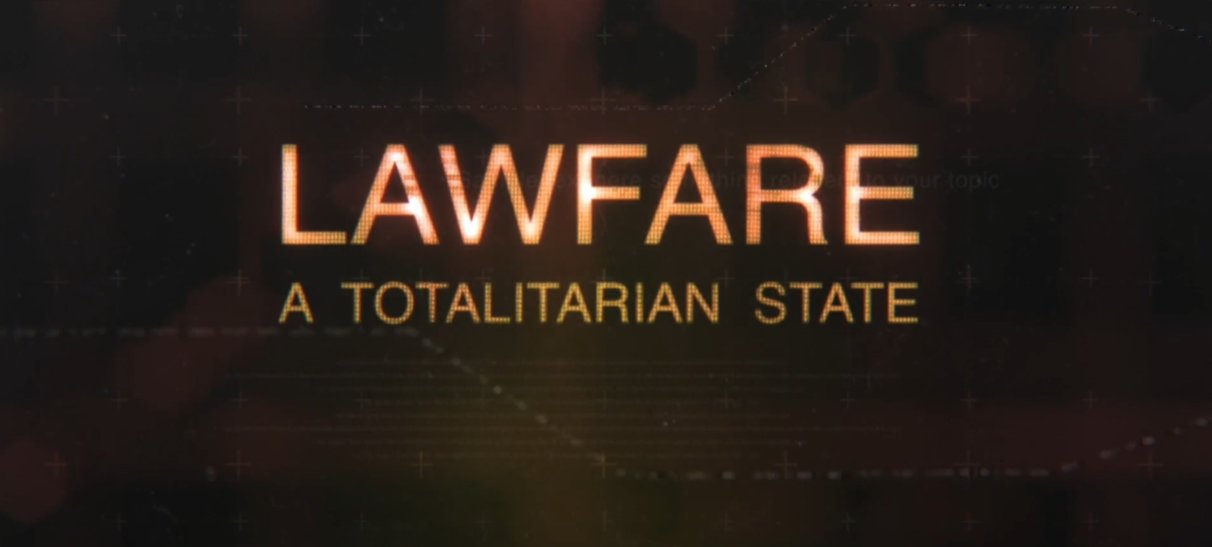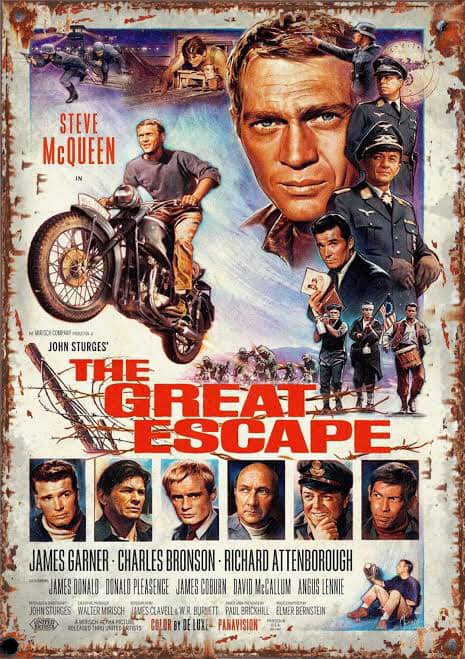“I know not, how men could have fought more desperately, exhibited more coolness, or contested the field with more determined courage,” wrote Lt. Col. George McFarland when describing the conduct of the 151st Pennsylvania as they covered the retreat of the battered Iron Brigade and singularly faced a Confederate onslaught on the first day of the Battle of Gettysburg. These men, although brave indeed, were not battle-hardened West Point graduates. They were schoolteachers.

The 151st Pennsylvania Regiment was organized in September of 1862 and its ten companies congregated at Camp Curtin in Harrisburg that October. The recruits had all signed up for a volunteer service term of nine months.
In Company D alone there were more than 60 schoolteachers and their significant and surprising numeric concentration earned the company and the regiment the sobriquet of the “Teacher’s Regiment” after the war. Many of these volunteers were teachers from the McAlisterville Academy in Juniata County, along with their principal turned company commander, Lt. Col. George McFarland.
On November 28, the regiment was ordered to Washington and then proceeded to Arlington Heights. On December 3, the regiment moved with Col. Frederick D’Utassay’s Brigade to Union Mills, Virginia, where it was placed on duty. Now in enemy territory, Col. D’Utassay, and his successor, General Alexander Hays, strictly instructed and drilled the 151st Pennsylvania while always looking out for an attack by John Singleton Mosby’s elusive raiders.
[…]















